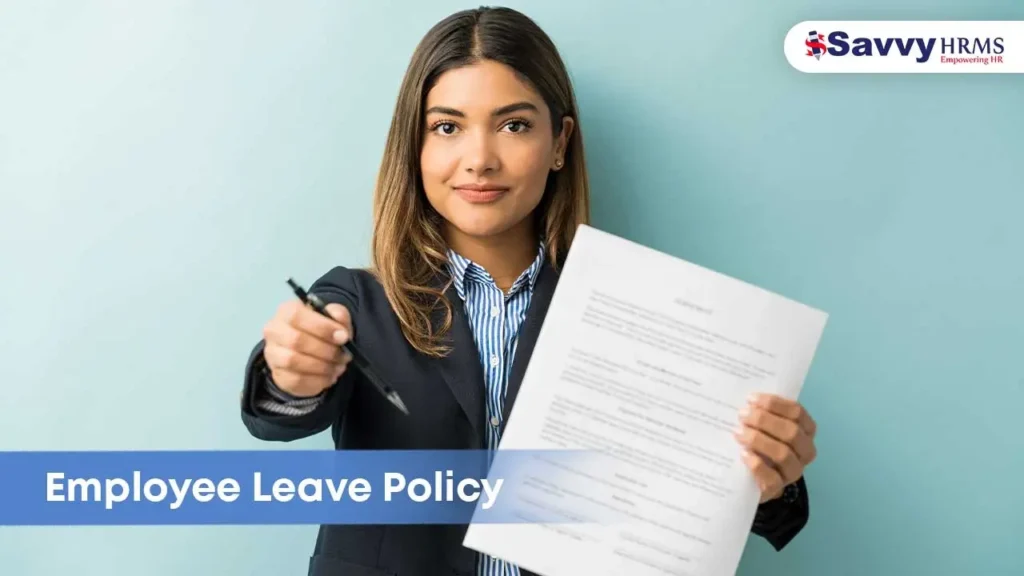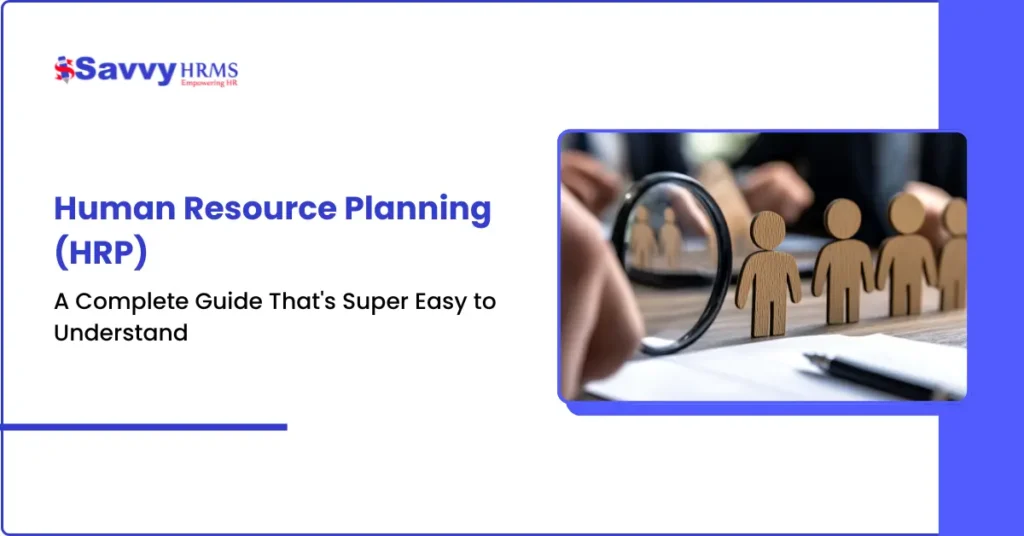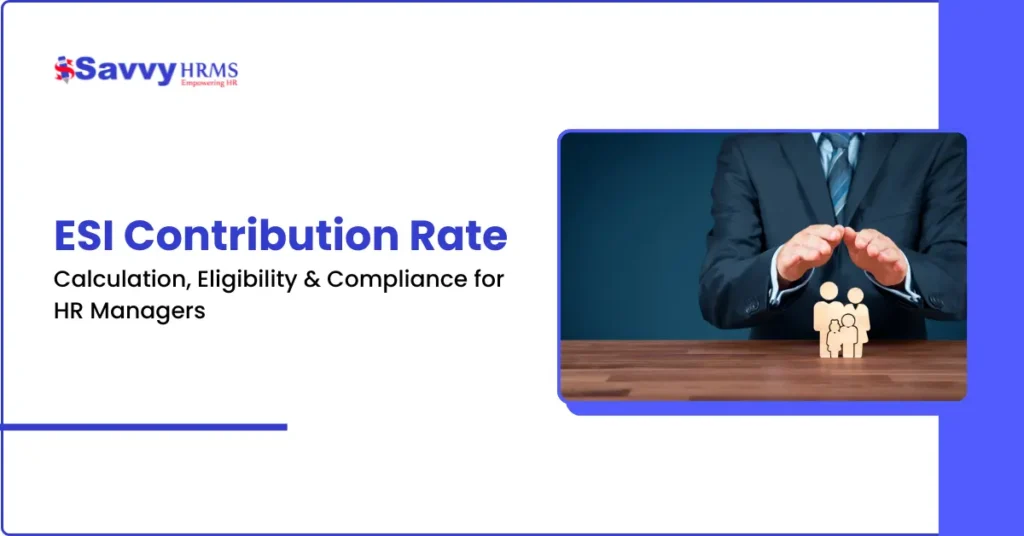An Employee Leave Policy is not just a legal requirement. But it can also help manage and sustain a thriving and productive working environment. In fast-changing workplaces, having a clear, equitable, and consistent leave policy is crucial. A clear leave policy encourages staff to take the leave they need to stay healthy, recover from illness, and improve their overall productivity levels.
So, what is an Employee Leave Policy? Why is it important? How does that achieve business objectives whilst ensuring employees are happy?
Let’s break this down.
What is Employee Leave Policy?
An Employee Leave Policy is a written policy. Explaining the procedures and rules.
Leave can include:
- Annual/paid leave
- Sick leave
- Maternity and paternity leave
- Casual leave
- Unpaid, or sabbatical, leave
- Public holidays
It is a vital confronting piece of every company’s human resources structure, and helps provide clarity and consistency.
Why Should You Have an Employee Leave Policy?
As companies increasingly embrace the benefits. We’ll help outline the importance below:
Improves employee morale
They feel secure and respected.
Helps prevent burnout
Being able to take breaks in accordance with prescribed schedules.
Improves compliance
Every organization has a leave policy in writing to be in alignment with National laws and governing labor and regulatory frameworks.
Increases planning and productivity
With an internally managed and tracked leave policy. Managers are able to plan work such that tasks and projects can be adhered to in a timely manner.
Elements of an Employee Leave Policy
If you want your Employee Leave Policy to be comprehensive, you could include the following elements:
- Types of Leave
- Paid Leave: Employee’s length of service
- Sick Leave: Employee gets sick or injured.
- Casual Leave: For personal or unplanned leave
- Maternity/Paternity Leave: Compliant with labour regulations.
- Compensatory Leave: Leveraging a day off.
- Leave Without Pay (LWP): Once other leave options have been exhausted.
- Leave Accrual
Monthly, quarterly, or yearly, and if it can be carried forward if unused.
Eligibility and Application Process
Define who is eligible and the process for making a leave request. Indicate if the employee can use tools. Such as HRM software or employee self-service portals to track and approve their leave request.
Documentation and Approval
Establish rules about documents needed (such as a medical certificate). Or how quickly managers or the HR department must approve an application.
How to Develop a Fair Employee Leave Policy
Designing a leave policy suitable for the company and its people is a difficult task that involves careful planning. Here is how to do it:
Know your legal obligations
Every country/region has laws concerning the minimum leave entitlements.
Conduct employee consultation
Ask employees what their ideal leave policy would look like. You will get good insight for your leave policy.
Benchmark industry practice
Within a similar industry. So you can remain competitive in terms of attracting and retaining talent.
Use HR software
You can keep records of leave and automate approval processes through integration with some HR systems.
Typical Problems and How They Might Be Overcome
Even a good Employee Leave Policy will have difficulties.
| Challenge | Solution |
| Misuse of Leave | Audit attendance reports regularly & do regular audits. |
| Lack of Employee Knowledge | Provide training and announcements to all employees. |
| Human Error with Manual Tracking | Move to a digital HRM solution |
| Delayed Approvals | Define clear timelines for approval |
Employee Leave Policy Best Practices
So that your policy does not exist only as a document, be sure to do the following best practices:
- Share the policy as part of orientation.
- Be transparent about the approval or denial of the policy provided.
- Model as a manager what good policy looks like.
- Review policies regularly.
Be sure to keep it simple, flexible, and compliant with current legislation. But most importantly, communicate it and make it accessible.
Conclusion
In closing, a good Employee Leave Policy can be a bridge. Between the organization and employee well-being. As the workplace changes, so too should the leave policy. Using digital tools, engaging employees, and being mindful of legal regulations. All are important in finding success. Think of it not as just another HR document. Instead, consider it a tool in the pursuit of happy, healthy, and productive teams.
With the right strategy, you will reduce uncertainty and conflict.
FAQs
Q1. What is an Employee Leave Policy?
It is a formal policy that explains the various types of leave, eligibility for leave, and the process for taking leave.
Q2. Is an Employee Leave Policy a requirement?
Yes! And for that, the policy has to be compliant with local labor laws.
Q3. Can I carry forward unused leave?
It varies. Some leverage not used leaves to be carried forward. Others have the policy of “use-it-or-lose-it”.
Q4. How should leave be requested?
Leaves should mainly be requested through the HR software. Or a separate leave management system. Sometimes written approval is also needed.
Q5. Does the policy contain maternity and paternity leave?
Yes, an Employee Leave Policy should cover all types of statutory leave. Including maternity, paternity, and adoption leave.



